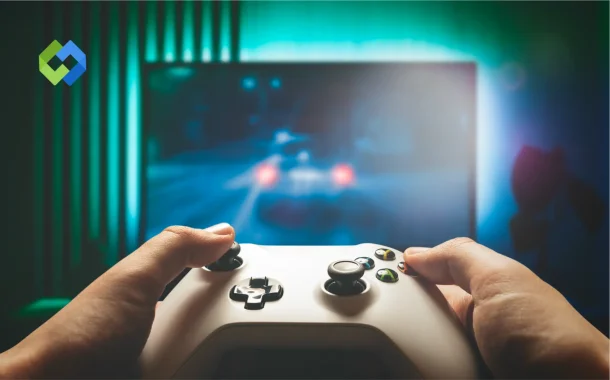Table of Contents
Table of Contents
The First Steps
In the early days, free games weren’t given much respect. Critics called them shallow distractions, and some were. But players ignored the noise and downloaded them in staggering numbers.
These games didn’t need cinematic graphics or sprawling storylines. They relied on quick rewards, fast loading, and mechanics anyone could grasp in a minute. They fit into commutes, breaks, and evenings on the couch.
What mattered was how they spread. People who had never owned a console were suddenly playing daily. Kids, grandparents, shift workers, whole groups that had never been counted as “gamers” became part of the audience.
The Smartphone Shift
Game consoles remain expensive. High-end PCs even more so. But smartphones? They’re everywhere. Even the least costly models now run a wide range of games smoothly.
When Free Fire, Call of Duty: Mobile, and PUBG Mobile landed, they didn’t arrive as stripped-down copies. They brought strategy, competition, and depth to devices built for calls and texts. Touchscreens became battlegrounds.
In places where consoles never took hold, mobile gaming didn’t feel like a compromise. It became the main stage.
What “Free” Really Delivers
Free-to-play doesn’t mean a studio earns nothing. Revenue comes through ads and in-app purchases. But the player chooses if and when to spend.
When the balance is right, the model works for everyone. You play without payment. Cosmetic items or optional extras add flavor without giving buyers an unfair edge. Developers focus on engagement rather than constant selling.
The catch? You can’t trick someone into staying. You have to make something worth their time.
Level Ground for All
With free-to-play, you don’t need to spend before testing your skill or joining friends. Whether you’re using a low-cost phone or a premium device, the arena is the same.
That equality has changed the social fabric of gaming. You now see teams that mix voices and backgrounds that once had no shared space. A teenager in Dhaka might squad up with a retiree in São Paulo. A nurse in Manila might duel a baker in Cairo.
This is not an idea. It’s the reality of online play.
When Access Shapes Culture
Some titles catch fire not because of ads but because they’re open to anyone. Among Us didn’t spread through glossy campaigns. It spread because it was easy to get, quick to understand, and fun to share.
In times when people stayed indoors, these games became meeting places. They replaced cafés and living rooms, offering laughter, debate, and the occasional betrayal, all in real time.
Streaming closed the gap between watching and joining. Viewers could step straight into the matches they were seeing.
When Free Turns Sour
Not all free-to-play games treat players well. Some bury the screen in ads, slow progress to a crawl without payment, or design rewards to tug at compulsive habits. The worst aim these tactics at children.
But the model itself isn’t the problem. Games like Warframe, Genshin Impact, and League of Legends prove you can offer fairness, quality, and depth without an entry fee. These successes are not rare exceptions. They’re evidence of what’s possible when design leads.
The New Default
Free-to-play has moved from trend to baseline. Paid games still thrive, but they’re now the alternative. People expect to try before they spend.
Even long-established studios have changed course. Call of Duty, Fortnite, Apex Legends, all free, all thriving, each with communities in the millions.
Every new connected device expands the pool. For those wanting to step in without opening their wallets, it’s never been easier to discover free games that combine competition, social play, and freedom from entry costs.
Rethinking What’s Worth Paying For
Price no longer defines quality. There was a time when a $60 tag signaled prestige and a free game was dismissed as filler. That logic has collapsed. Some free games now rival or surpass paid titles in polish and depth.
So the question changes: what makes a game worth your time? Not the length, the price, or the visual effects. The measure is whether it respects the player, offers reasons to return, and creates moments worth remembering.
If the answer is yes, the cost is irrelevant.
A Wider Gate Than Ever
You don’t need wealth to play with skill or high-end hardware to join in the shared conversation of gaming. All it takes is a device, a signal, and the will to press start.
This isn’t a side note in gaming’s story, it’s the main story. Free-to-play didn’t just lower the barrier. It rewrote who belongs. Today, the answer to “Who are games for?” is simple. Everyone.














